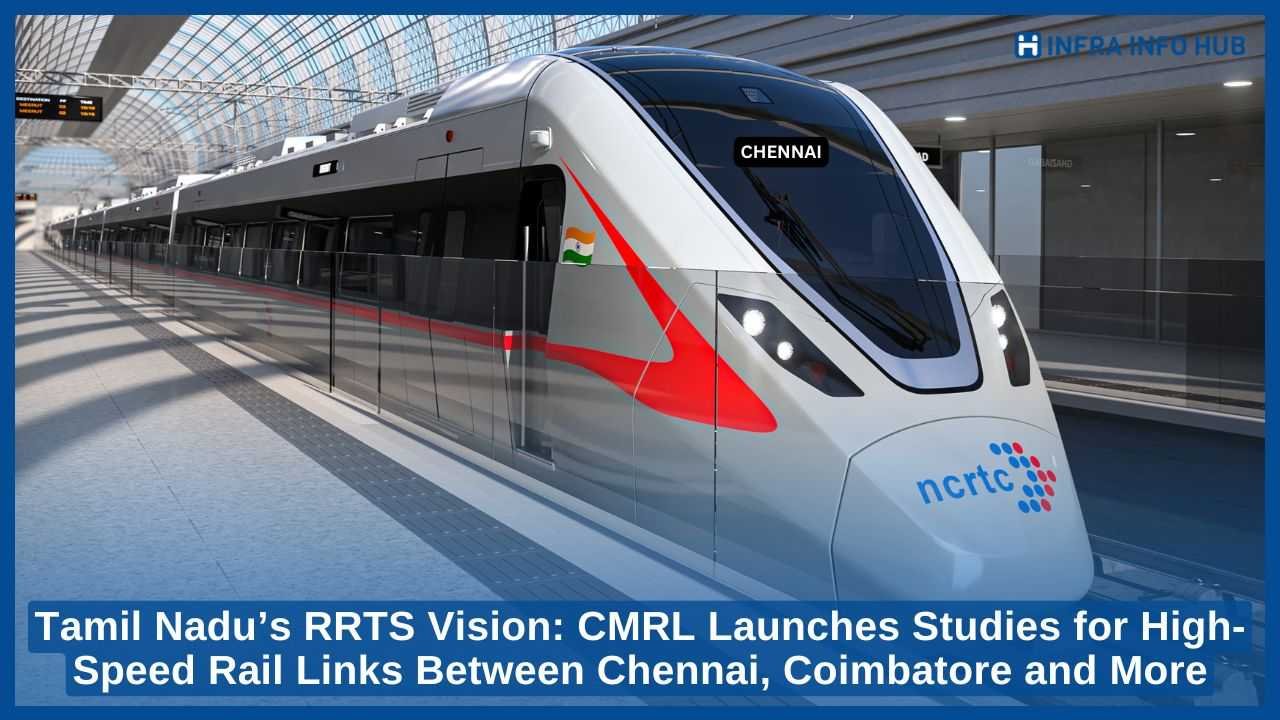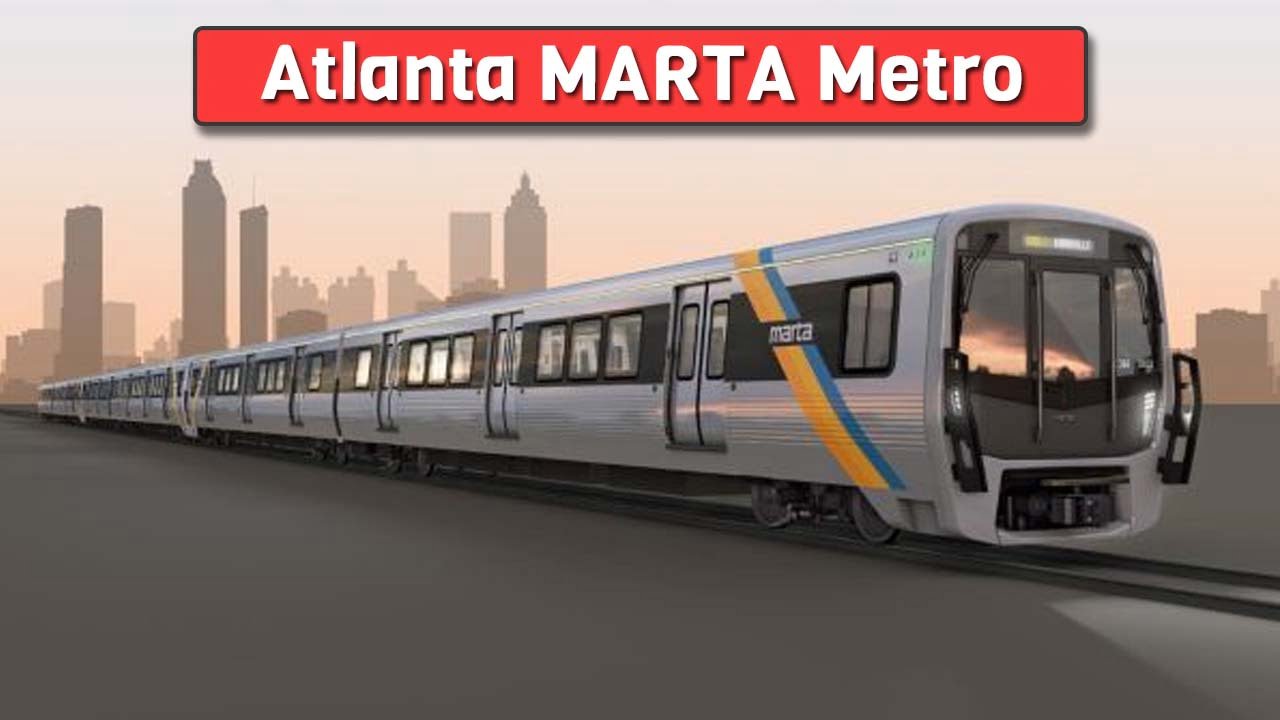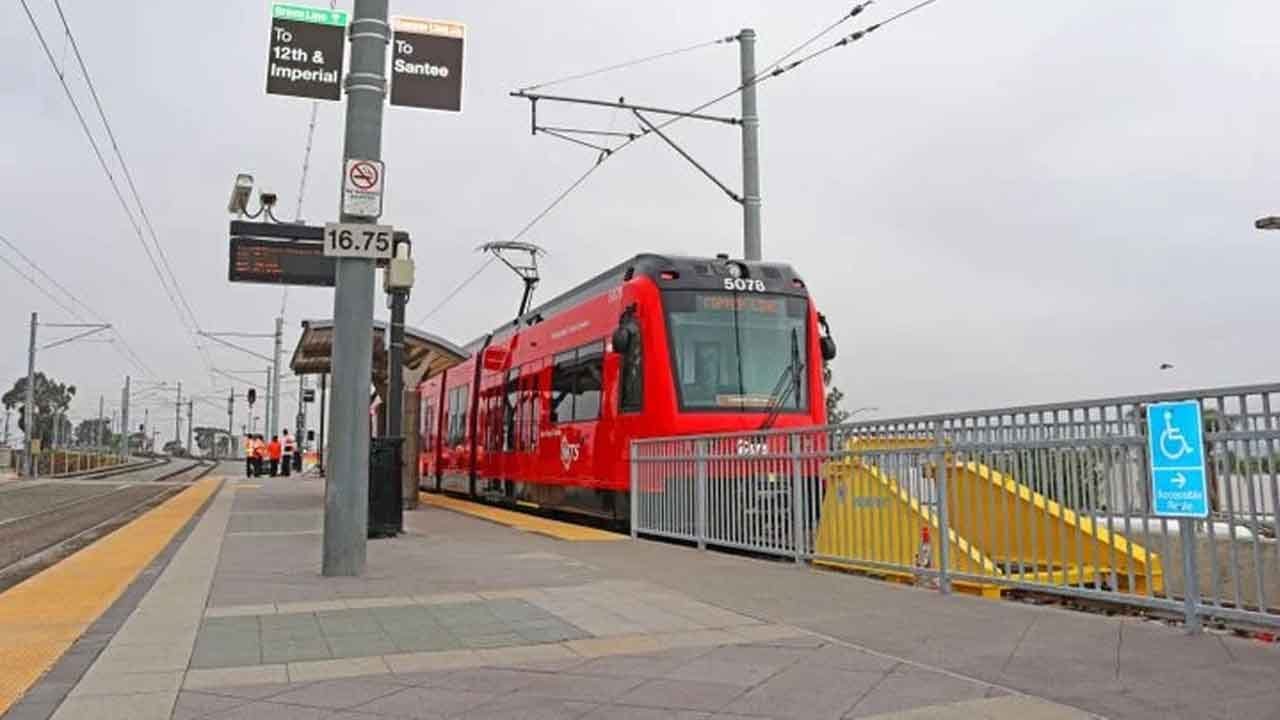Chennai Metro Rail Limited (CMRL) has initiated a significant step toward transforming Tamil Nadu’s transport landscape by starting detailed feasibility studies for a Regional Rapid Transit System (RRTS). This ambitious project is aimed at linking Chennai, Coimbatore, and several surrounding towns with a network of high-speed rail corridors.
The RRTS is expected to become a game-changer for intercity travel in the state. By providing a fast, efficient, and reliable alternative to road travel, it seeks to make long-distance commuting easier for both daily passengers and industrial cargo movement. Designed to run at speeds of 160 to 200 km/h or more, the system could cut travel times between major cities to as little as 30 to 60 minutes, depending on the distance and route. This will make it far more competitive compared to current road-based transport, which often faces delays due to traffic congestion.
As part of the study, three priority corridors have been identified:
- Chennai to Villupuram via Chengalpattu and Tindivanam – covering approximately 170 km.
- Chennai to Vellore via Kanchipuram – a 140 km route connecting major cultural and industrial hubs.
- Coimbatore to Salem via Tiruppur and Erode – a 185 km link connecting important textile and manufacturing centers.
CMRL has appointed Balaji Railroad Systems Private Limited as the consultant for the feasibility studies on all three corridors. The formal agreement for this collaboration was signed between T. Archunan, Director (Projects) at CMRL, and M. Robert Rajasekaran, General Manager – Projects (South) at Balaji Railroad Systems. Senior CMRL officials, including T. Livingstone Eliazer, Rekha Prakash, S. Ashok Kumar, and D. Jebaselwin Gladson, were present at the signing ceremony.
The consultants will examine multiple factors to ensure the project is planned effectively. This includes studying different possible route alignments, deciding on optimal station locations, planning maintenance depots, and ensuring smooth integration with existing transport systems such as local trains, metro networks, and bus services. Another critical part of the study will involve determining whether each route should be built at ground level, on elevated viaducts, or in underground tunnels.
Land requirements, environmental impact assessments, and cost analysis will also be part of the evaluation process. These findings will help CMRL decide the most efficient, cost-effective, and environmentally friendly approach for implementing the RRTS.
Once completed, the RRTS is expected to significantly reduce traffic pressure on Chennai’s roads by offering a fast, dependable link between the city and surrounding regions. Industrial areas and smaller cities will benefit from better connectivity, encouraging economic growth, reducing travel fatigue, and making long-distance commuting a practical daily option.
By integrating high-speed technology with strategic planning, the RRTS could position Tamil Nadu as a pioneer in modern rail-based intercity travel, setting a benchmark for other Indian states to follow.










